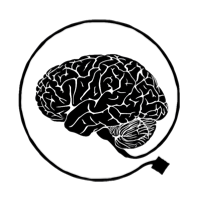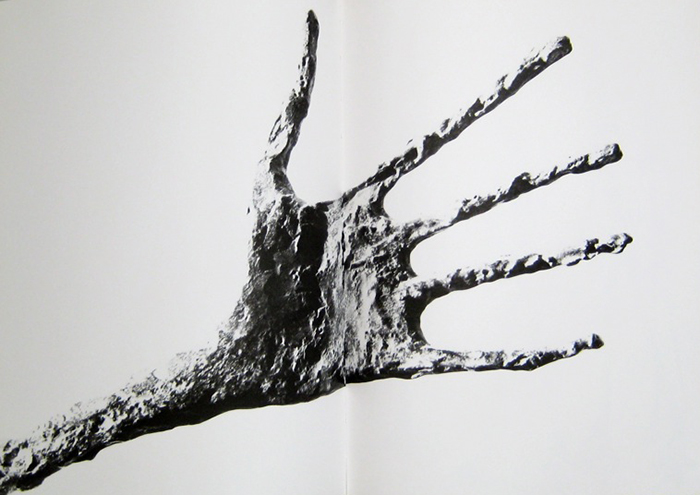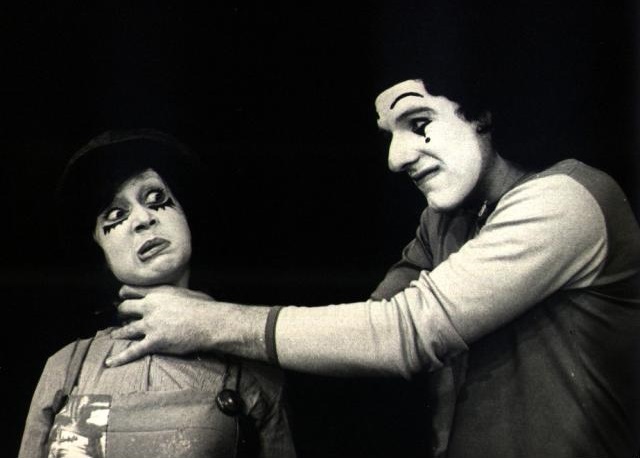Mind the body (1) A most intimate and obscure relation with one’s body
Although introspectively familiar, it is hard to exactly pinpoint the nature of the specific relationship that we have uniquely with our own body. We are aware of our bodily posture, of its temperature, of its physiological balance, of the pressure exerted on it, and so forth. Insofar as these properties are …







